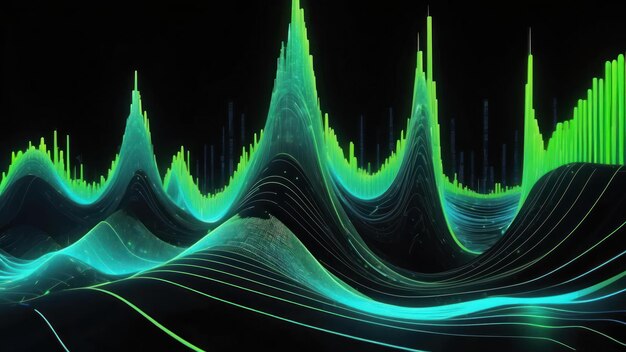Elliott Wave Theory, not to be confused with Elliott Wave Patterns, is a form of technical analysis that helps traders predict market movements by identifying recurring wave patterns in stock prices. Developed by Ralph Nelson Elliott in the 1930s, the theory suggests that financial markets move in repetitive cycles influenced by investor psychology.
The theory divides market movements into two types of waves: Impulse Waves and Corrective Waves.
Impulse Waves
Impulse waves are the driving force behind market trends, consisting of five distinct waves that move in the direction of the overall trend. These waves are labeled 1, 2, 3, 4, and 5, where:
- Wave 1: A small initial move in the trend’s direction.
- Wave 2: A minor pullback, but it does not retrace the full first wave.
- Wave 3: Typically the strongest and longest wave, showing powerful momentum.
- Wave 4: Another pullback, usually weaker than wave 2.
- Wave 5: The final push in the trend’s direction before a corrective phase begins.
Corrective Waves
Once an impulse wave completes, the market undergoes a correction to counter the main trend. Corrective waves consist of three waves, labeled A, B, and C:
- Wave A: Moves against the previous trend (beginning of the correction).
- Wave B: A temporary reversal, attempting to continue the trend but failing.
- Wave C: The final leg of the correction, completing the pattern.
Corrections can take different forms, including zigzags, flats, and triangles, making them a bit trickier to predict. Traders use Fibonacci ratios to estimate wave lengths and turning points.
Elliott Waves are fractal in nature, meaning smaller patterns exist within larger ones, making them applicable across different timeframes. Traders often use Fibonacci ratios alongside Elliott Wave analysis to refine their predictions.










